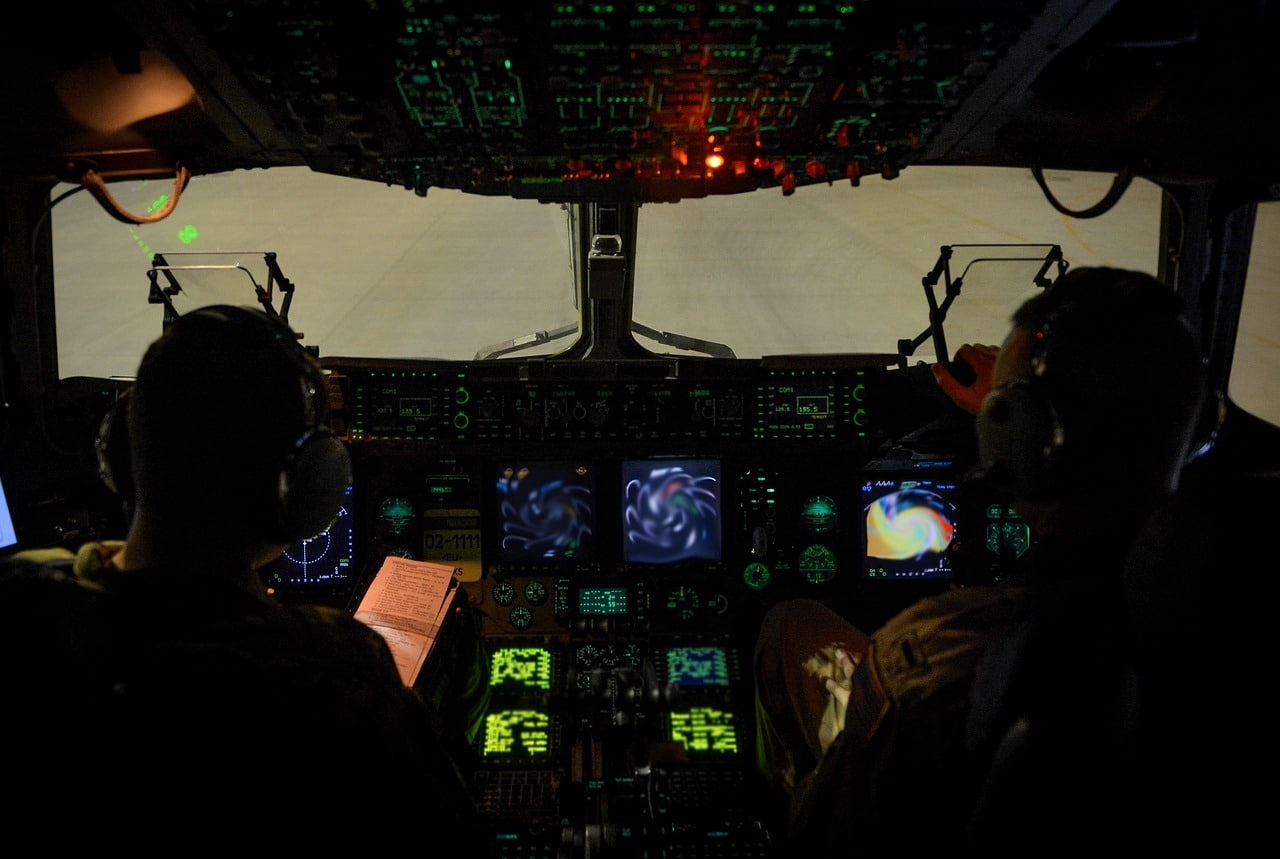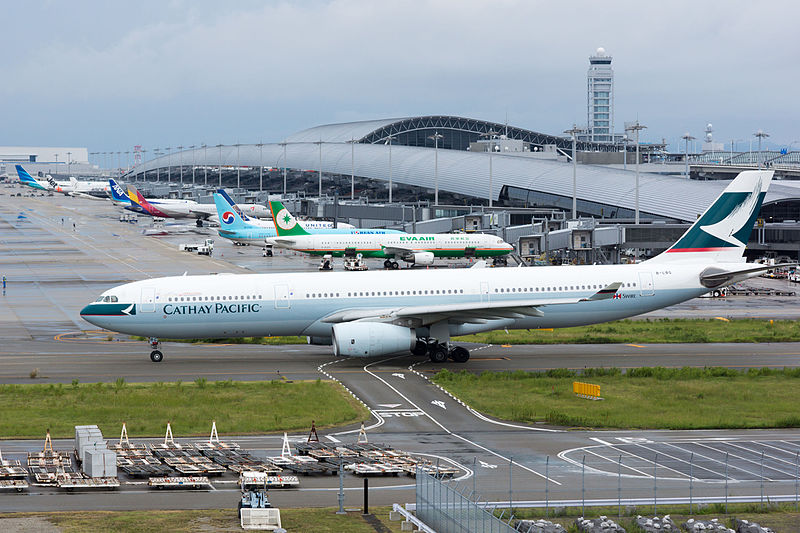Airlines
Airlines Avoid flying over these 10 countries.

There are several countries in the world where airlines may avoid flying over due to safety and security concerns. While this may change depending on current events and circumstances, here are 10 countries that have been known to be avoided by airlines:
1. Crimea – Airlines generally avoid flying over the Crimea region due to political tensions and uncertainty surrounding the status of the region. As a result, the political situation in the region remains unstable, with ongoing disputes over territorial claims and control. Overall, many airlines continue to avoid flying over the area to prioritize the safety of their passengers and crew.
2. Syria – Airlines generally avoid flying over Syria due to the ongoing conflict and political instability in the region. The conflict in Syria began in 2011 and has led to widespread violence, displacement, and a humanitarian crisis. The risk to aviation in Syria is primarily related to the potential for the conflict to spill over into the airspace.
3. North Korea – The lack of cooperation and transparency from North Korean authorities also makes it difficult for airlines to assess the safety of flying over the country. Without accurate and reliable information about air traffic control procedures, airport facilities, and other critical factors, airlines are reluctant to operate flights over North Korea.
4. Afghanistan – Airlines generally avoid flying over Afghanistan due to the ongoing conflict and security concerns in the region. The country has been in a state of war and instability for decades, and the situation on the ground remains volatile with ongoing military operations, terrorist attacks, and other security incidents.
5. Somalia – Due to concerns about the country’s security situation and the lack of adequate air traffic control infrastructure. Somalia has been in a state of civil war and political instability for several decades, and the situation on the ground remains volatile with ongoing military operations, terrorist attacks, and piracy incidents.
6. Yemen – Yemen has limited air traffic control infrastructure and resources, which could lead to increased risks to aviation safety. Without proper air traffic control procedures and equipment, the risk of mid-air collisions or other incidents could be higher. Due to these risks, many airlines have chosen to avoid flying over Yemen altogether.
7. Libya – Due to the ongoing conflict and security concerns in the region. Libya has been in a state of political instability and armed conflict since the fall of the Gaddafi regime in 2011, and the situation on the ground remains volatile.
8. South Sudan – Airlines generally avoid flying over South Sudan due to concerns about the country’s security situation and the lack of adequate air traffic control infrastructure. ICAO has also issued a notice to airmen (NOTAM) advising airlines to avoid airspace over South Sudan. As a result, flights to and from Africa may be diverted to alternative routes to avoid flying over the conflict zone.
9. Ukraine – particularly the Crimean Peninsula and eastern Ukraine. There have been several incidents in the past where anti-aircraft missiles have been used against military and civilian aircraft in eastern Ukraine. There is also a risk of inadvertent clashes between different military forces operating in the region, which could potentially result in a shoot-down of a commercial aircraft.
10. Iraq – ongoing security concerns and the potential for ground-to-air missile attacks in the region. Iraq has been in a state of political instability and armed conflict for many years, and the situation on the ground remains volatile with ongoing military operations, terrorist attacks, and other security incidents. The risk to aviation in Iraq is primarily related to the potential for ground-to-air missile attacks, which pose a serious threat to commercial aircraft flying over the region.

Airlines
An A320 plane flew for 28 minutes with both pilots asleep

In a startling incident, an Airbus A320 operated by an Indonesian airline, Batik Air, flew for a harrowing 28 minutes with both pilots asleep at the controls.
The alarming event unfolded on Batik Air Flight 6723, carrying 153 passengers, en route to Soekarno–Hatta International Airport in Jakarta. The saga began when the first officer allowed the captain to take a nap, only to fatigue himself, attributing his drowsiness to caring for his one-month-old twins. As the pilots dozed off, the aircraft veered off-course, prompting concerns from air traffic control (ATC) who lost contact with the flight 90 minutes into its journey.
Despite the pilots being unresponsive for nearly half an hour, ATC managed to track the aircraft using radar as it covered a staggering 210 nautical miles, equivalent to the distance between New York and Washington, D.C. The captain eventually woke up, realizing the perilous situation and rousing his co-pilot.
After correcting the flight path, the captain attributed the radio silence to a “communication problem,” and the plane eventually touched down safely in Jakarta. However, the incident sparked widespread concern and investigation by Indonesia’s transport ministry.
A preliminary report revealed that the second-in-command had not rested adequately before the flight, shedding light on the potential dangers of pilot fatigue. While the identities of the pilots remained undisclosed, the incident underscored the critical importance of ensuring crew members are well-rested and fit for duty.
Despite the gravity of the situation, the swift actions of the awakened captain averted disaster, emphasizing the necessity for robust safety protocols and measures within the aviation industry.
Airlines
Ex-Cathay Pacific A330-300 Destroyed by Fire during Long-Term Storage at Spain

In a dramatic turn of events, an ex-Cathay Pacific Airbus A330 met a fiery end at Ciudad Real Airport in Spain. The aircraft, with a distinguished service history spanning 28 years, was resting in long-term storage at the airport when disaster struck.
Reports emerged detailing the unfortunate incident, painting a picture of destruction and chaos. The once majestic A330, bearing the serial number MSN113, became engulfed in flames while undergoing dismantling procedures. What began as a routine process turned into a nightmare as a fire erupted in the aircraft’s tail section, quickly spreading to consume the entire fuselage.
Emergency responders, including the Civil Guard, medical teams, and law enforcement personnel, swiftly descended upon the scene to contain the inferno. Despite the intensity of the blaze, their coordinated efforts prevented any injuries among both the public and the brave individuals working to quell the flames.
By mid-afternoon, the Ciudad Real fire service declared victory over the fire, announcing its successful extinguishment. However, the aftermath left behind a trail of questions and concerns. Authorities launched an investigation into the cause of the blaze, with initial findings shrouded in mystery.
The head of the airport expressed astonishment at the unprecedented event, highlighting it as the first instance where airport infrastructure had to grapple with such a significant fire-related challenge. As the investigation unfolds, the aviation community awaits answers, hoping to shed light on the circumstances leading to the demise of the retired Airbus A330.
Airlines
Air India’s last VVIP Boeing 747 now found a new home in USA

In a symbolic transition marking the end of a storied chapter in aviation history, Air India bid farewell to its last remaining Boeing 747-400 jumbo jetliners, once revered for ferrying dignitaries including prime ministers, presidents, and vice presidents.
The sale of these iconic aircraft to AerSale, a company based in the United States, signals the closure of a remarkable era for the airline.
The decision to part ways with the Boeing 747s was driven by practical considerations. Tata Group, the new custodian of airindia flights, deemed these majestic planes uneconomical to operate in today’s aviation landscape. As such, out of the four sold, two will be repurposed into freighters, while the remaining pair will be meticulously disassembled to harness their valuable parts.
The transaction, orchestrated by Mumbai-based Vman Aviation Services, underscores the strategic shift in Air India’s fleet management strategy under its new ownership. Tata Group’s decision to divest from the 747s reflects a commitment to optimizing operational efficiency and aligning with contemporary industry standards.
Skytech-AIC, a UK-based remarketing firm engaged by Tata Group, facilitated the sale of these iconic aircraft, marking the conclusion of their illustrious service with Air India. The airline’s last flight featuring the Boeing 747 took to the skies between Delhi and Mumbai in March 2021, encapsulating decades of distinguished service and indelible memories.
The allure of used aircraft parts continues to resonate across the aviation sector, offering operators a cost-effective alternative without compromising on quality or performance. The transfer of these aircraft to AerSale not only ensures their continued utility but also underscores the enduring legacy of Air India’s fleet.





















